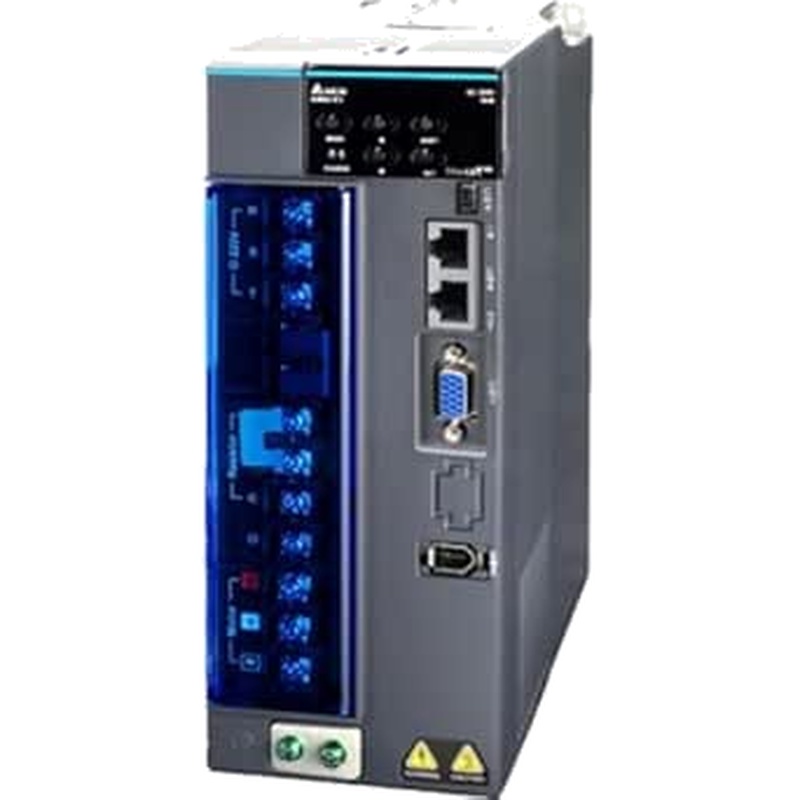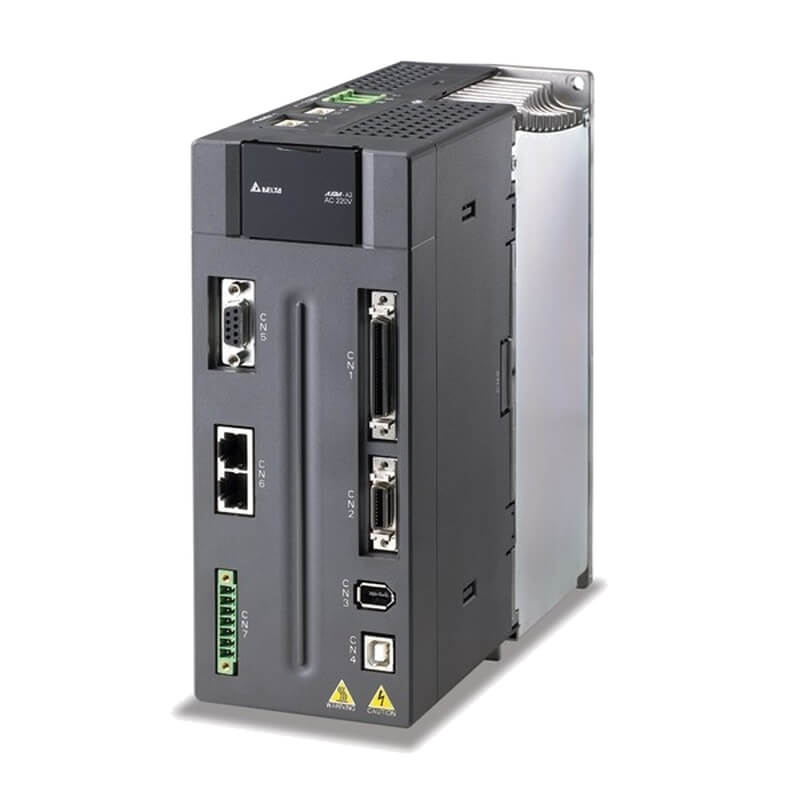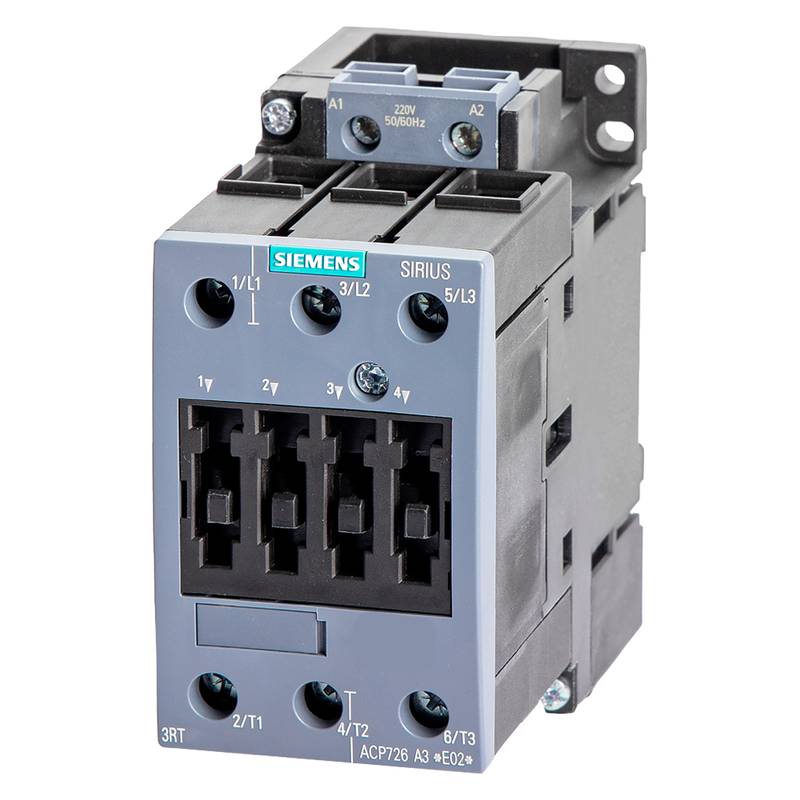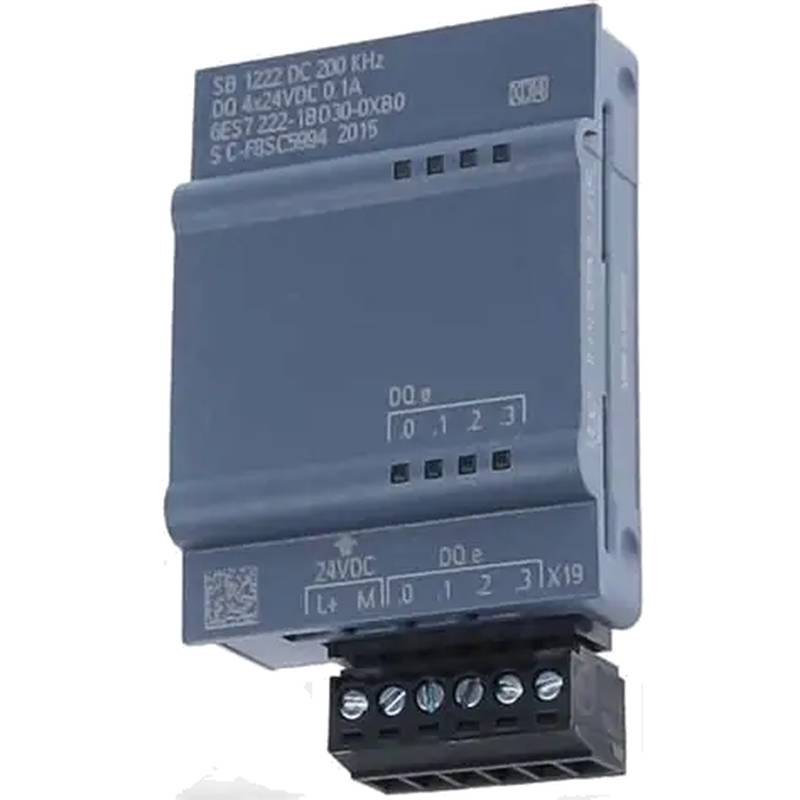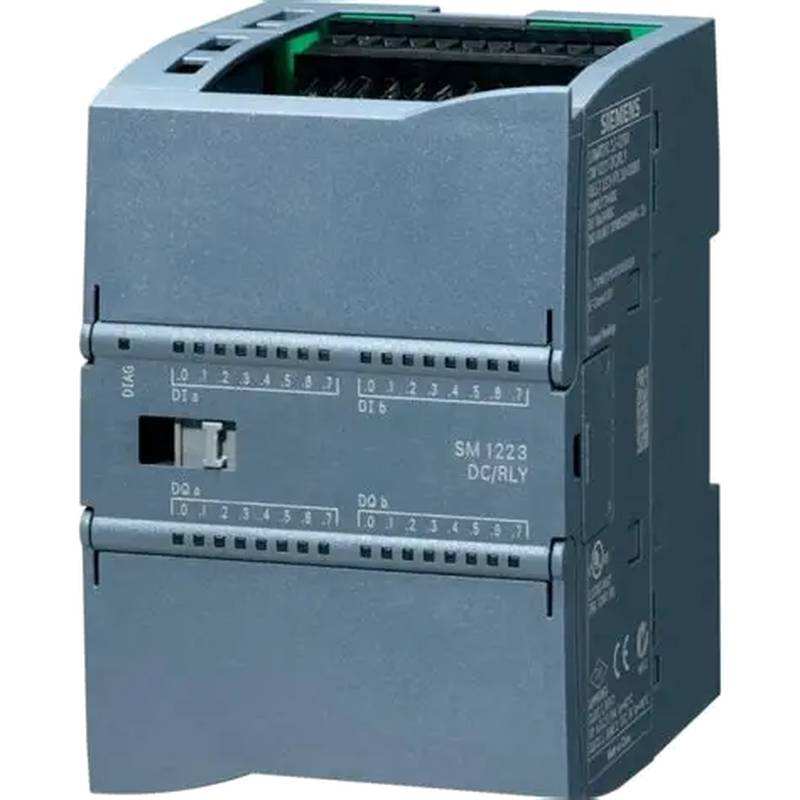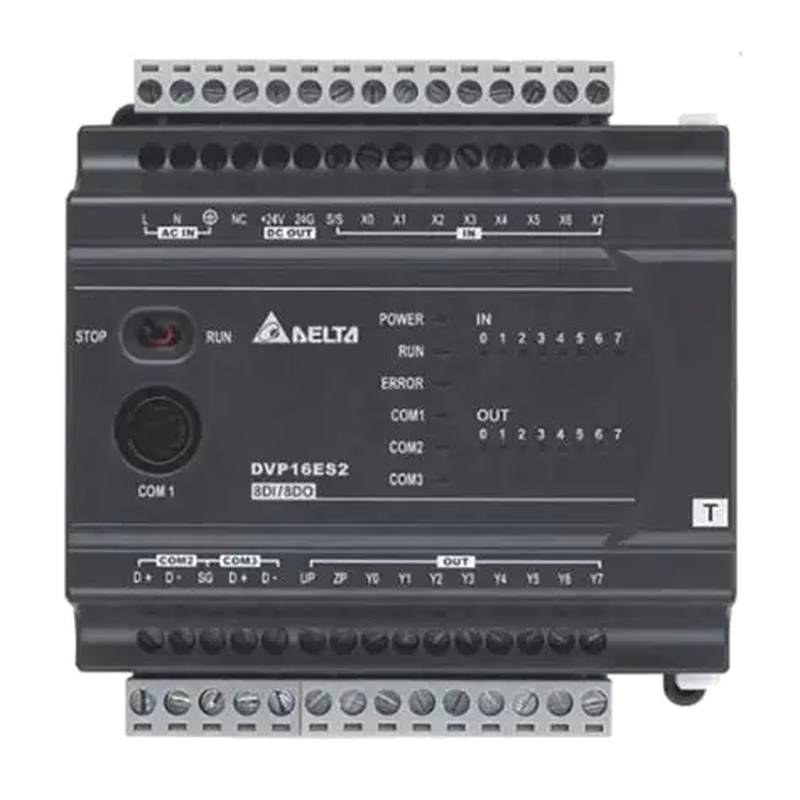
The Delta ASD-E3-2023-L High Power Standard Single Phase Servo Drive is engineered to deliver superior performance and reliability in demanding industrial automation applications. This servo drive boasts exceptional precision, robust power handling capabilities, and advanced control features, making it an ideal choice for machinery requiring accurate motion control and high throughput. Key advantages include its high power density, advanced digital signal processing for enhanced dynamic response, and straightforward integration into existing systems. Technical parameters such as its input voltage range of 200-240V AC, output current capacity, and communication interface options are critical for system design.
Product Specifications
| Parameter | Specification |
| :-------------------- | :---------------------------------------------- |
| Modard Aside ¢-233–La further − − − = − − −
| Input Voltage | 200-240V AC |
| Phase | Single Phase |
| Output Power | High Power (Specific rating varies by model) |
| Control Method | Advanced Digital Signal Processing |
| Communication | Built-in RS-485, Optional EtherNet/IP, CANopen |
| Protection Features | Overload, Overvoltage, Undervoltage, Overtemp, etc. |
| Operating Temperature | 0°C to 50°C |
| Dimensions | Compact and robust housing |
Core Features & Market Positioning
The Delta ASD-E3-2023-L stands out in the competitive servo drive market due to its sophisticated control algorithms that ensure precise positioning and smooth velocity control. Its high power output from a single-phase input is a significant differentiator, reducing the need for more complex three-phase power supplies in certain applications. The drive's internal advanced digital signal processor (DSP) enables rapid response to command signals and dynamic load changes, crucial for high-speed pick-and-place machines and precision cutting equipment. Furthermore, Delta's reputation for robust industrial automation solutions positions the ASD-E3 series as a reliable and cost-effective choice for integrators and end-users seeking consistent performance and longevity. The inclusion of flexible communication options, such as standard RS-485 and optional industrial Ethernet protocols, ensures seamless integration into various automation architectures, from simple standalone systems to complex networked factory environments.
Key Application Scenarios
This high-power single-phase servo drive is exceptionally well-suited for a wide array of industrial automation tasks where precise and powerful motion control is paramount. Its capabilities are leveraged extensively in the packaging industry for high-speed filling, sealing, and labeling machines, where accurate synchronization and rapid acceleration/deceleration are essential. In the material handling sector, the ASD-E3-2023-L drives conveyor systems, robotic pick-and-place arms, and automated guided vehicles (AGVs), ensuring efficient and precise movement of goods. Textile machinery benefits from its smooth torque output for intricate weaving and embroidery processes, while the printing industry utilizes it for high-precision paper feeding and color registration systems. Furthermore, its robust performance makes it a suitable component for CNC machinery, automated assembly lines, and other applications demanding high dynamic response and positioning accuracy, especially where only single-phase power is readily available.
Practical System Integration Guidance
Integrating the Delta ASD-E3-2023-L servo drive into an industrial system requires careful attention to wiring and parameter configuration. Ensure a stable single-phase power supply within the specified voltage range (200-240V AC) and connect it to the designated input terminals, observing polarity and grounding requirements. The motor's feedback (encoder, resolver) must be correctly connected to the drive's feedback port to enable closed-loop control. Communication wiring, such as RS-485 for Modbus RTU, should follow standard industrial practices for signal integrity. Initial commissioning typically involves setting fundamental motor parameters (e.g., motor poles, rated voltage, rated current) and control mode selections (e.g., Position, Velocity, Torque). Delta's accompanying software tools often facilitate simplified parameter setup and diagnostic monitoring, streamlining the commissioning process for integrators.
Operation and Risk Mitigation
Safe operation of the Delta ASD-E3-2023-L servo drive necessitates adherence to electrical safety standards and proper system design. Always ensure the drive is properly grounded and that all power and signal connections are secure before energizing the system. Implement appropriate circuit protection, such as fuses or circuit breakers, on the input power line to prevent damage in case of faults. Operators should be trained to recognize common fault codes displayed on the drive's interface, which provide diagnostic information for troubleshooting. Critical error codes often indicate issues like overcurrent, overvoltage, or encoder feedback loss, prompting immediate shutdown and investigation to prevent equipment damage or personnel injury. Regular inspection of wiring and connections can help mitigate risks associated with loose connections or insulation degradation.
Scalability & Long-Term Value
The Delta ASD-E3-2023-L offers significant scalability and long-term value for industrial automation solutions. Its compatibility with a wide range of Delta servo motors ensures flexibility in system design and allows for easy upgrades or replacements. The drive's modular design and support for common industrial communication protocols facilitate integration into expanding automation architectures, including those embracing Industrial Internet of Things (IIoT) concepts. By supporting protocols like EtherNet/IP and CANopen, the ASD-E3 series can be seamlessly incorporated into centralized control systems and smart factory networks, enabling advanced data acquisition, remote monitoring, and predictive maintenance capabilities. This foresight in design ensures that investments in Delta servo technology can adapt to future technological advancements and evolving production demands.
Frequently Asked Questions
What is the primary advantage of the Delta ASD-E3-2023-L?
Its high power output from a single-phase input simplifies power requirements. This reduces installation costs and complexity for many machine designs.
This feature is crucial for smaller machine builders or retrofits where three-phase power is unavailable or impractical to install. It allows for powerful servo performance without extensive electrical infrastructure changes.
The drive offers robust control for demanding applications, ensuring precise motion and high efficiency. It delivers reliable performance for critical automation tasks.
How do I connect a servo motor to the ASD-E3-2023-L?
Connect the motor power leads (U, V, W) to the drive's output terminals. Ensure correct phase sequence for proper rotation.
Properly wire the motor's encoder or resolver feedback cable to the designated feedback connector on the drive. This is critical for closed-loop control accuracy.
Double-check all connections for tightness and correct wiring before applying power to avoid potential damage. Consult the manual for specific motor compatibility.
What communication protocols does the ASD-E3-2023-L support?
It natively supports RS-485 communication for Modbus RTU protocols. This is standard for many industrial networks.
Optional communication modules allow for integration with EtherNet/IP and CANopen networks. These offer higher bandwidth and real-time capabilities.
The choice of protocol depends on your automation system's architecture and requirements for data exchange and synchronization. Plan your network accordingly.
Can I use the ASD-E3-2023-L with any single-phase power supply?
Ensure your single-phase power supply is within the drive's 200-240V AC input range. Fluctuations outside this range can cause issues.
Verify that the power source can handle the drive's peak current draw, especially during acceleration. Undersized power supplies can lead to voltage sags.
Always use a stable power source with appropriate surge protection to ensure reliable operation and prevent premature component failure. Grounding is essential.
What are common troubleshooting steps for this servo drive?
Check the drive's error code display for diagnostic information. Refer to the manual for code explanations.
Verify all wiring connections, including power, motor, and feedback, for security and correctness. Loose wires are a frequent cause of faults.
Ensure motor parameters are correctly configured in the drive and that the motor itself is not mechanically binding or overloaded.
How does the drive handle overload conditions?
The ASD-E3-2023-L has built-in overload protection to prevent motor and drive damage. It will trip if current exceeds limits for too long.
The drive will typically display an overcurrent fault code and shut down the output to protect the system. This is a safety feature to prevent damage.
Adjust motor current limits and acceleration/deceleration times if frequent overload trips occur. Ensure the motor is appropriately sized for the application.
What is the importance of the feedback signal?
The feedback signal (e.g., encoder) tells the drive the actual motor position and speed. This is crucial for precise control.
Without a correct feedback signal, the drive cannot perform closed-loop control, leading to inaccuracies or complete failure to operate.
Ensure the feedback cable is properly connected, free from damage, and that the feedback device itself is functioning correctly for optimal performance.
How do I set up position control mode?
Configure the drive to operate in "Position Mode" via parameter settings. This mode is for precise point-to-point movements.
Input position commands via the communication interface or digital inputs. Set parameters like target position, speed, and acceleration/deceleration profiles.
Ensure the motor and drive are correctly tuned for the application to achieve the desired accuracy and response time in position control.
What safety precautions should be taken during installation?
Always disconnect main power before performing any wiring or maintenance. Lockout/tagout procedures are mandatory.
Ensure the drive is installed in a well-ventilated area to prevent overheating, as it can generate significant heat during operation.
Proper grounding of the drive and connected equipment is essential to prevent electrical shock and protect against electromagnetic interference.
Can this drive be integrated into an IIoT system?
Yes, with optional communication modules like EtherNet/IP, it can connect to IIoT platforms. This enables data sharing and remote monitoring.
It allows for the collection of operational data such as speed, torque, and fault logs. This data is vital for predictive maintenance and process optimization.
Integration requires a compatible IIoT gateway or platform that can interpret the drive's communication protocol and data format.














